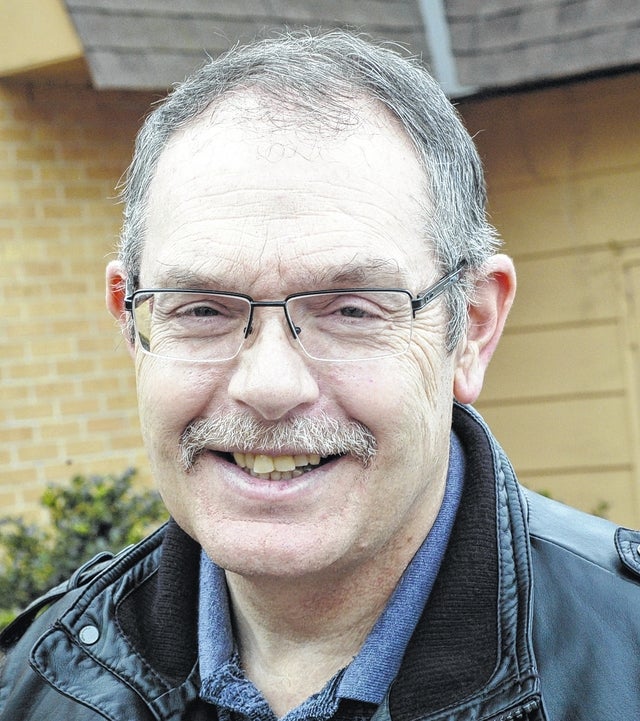Troup extension agent: Getting squeezed — soil compaction
Published 12:00 am Thursday, December 31, 2015

Rainy weather tends to be pretty typical of the month of December. The soil tends to be very squishy after so much rain.
The air pores are filled with water, which tends to make the soil slippery. As you step onto it, the water slips out and the soil particles are compressed, leaving no space for either water or air after the soil dries out. This is called soil compaction.
Both homeowners and farmers are affected by compaction. Anything that restricts root growth will impact whatever is trying to grow in that soil. An easy way to tell if you have compaction is to take a wire flag, the kind that is used to mark underground utilities, and insert it into the soil. You should be able to insert it approximately 12 to 16 inches.
Don’t be surprised if it only goes in about 4 inches. You’ve hit the compacted clay layer. Roots may have a difficult time penetrating this layer.
This is fairly typical on lawns where all the topsoil was removed and on pastures that used to be cotton fields. The depth of the topsoil when the Creek Indians were inhabiting Troup County was approximately 25 inches. Topsoil contains organic matter which cushions the impact and keeps pore space available for plant growth. With very little topsoil left, it makes life difficult for the homeowner and farmer.
The major source of compaction on farms is called wheel traffic and on homes it may be called foot traffic. Operating farm machinery on wet soil or mowing the lawn when the soil is wet compacts the soil and causes damage that will last for years. Using a bulldozer to grade landscapes is self-defeating. Any axle with a load rating of over 10 tons causes compaction.
Soil scientists used to think that soil compaction could be alleviated by the freezing/thawing cycle during the winter. Research has shown that even the severe winters in Minnesota do not break up the compaction at the bottom of a plow furrow. Another myth was that subsoiling would break up compaction. We now know that subsoiling can increase compaction.
How do you fix soil compaction? The first line of defense is to avoid doing it in the first place. Don’t drive or park vehicles on places that you want to grow things, this includes near trees. Don’t work the soil while its wet. Take a handful of soil and if it crumbles in your hand, it’s dry enough to work.
If you are going to establish a new lawn, add 2 to 4 inches of organic matter and incorporate it into the soil. Adding organic matter works much better than adding sand, which may cause more problems.
Gardeners have reduced soil compaction by using raised beds, thus controlling foot traffic between the beds. Controlling wheel traffic patterns in fields is similar in theory for farms.
Have designated lanes and pick up points for large, round bales.
Soil scientists are now advocating that the best means of reducing compaction are roots. Farmers are now using turnips and radishes to reduce compaction. Growing cover crops such as rye and clover in the off season build up organic matter and reduces compaction.
Liming and fertilizing to soil recommendations will give plants the best opportunity to penetrate compacted layers.
The keys to reducing soil compaction is to stay off of wet soil and to create optimum growing conditions so that plant roots will be able to break up the compaction.
What’s going on in Extension?
Tree seedlings can be ordered from the Georgia Forestry Commission, 706-845-4122
If you have any questions or concerns, stop by or call the office. UGA has a wealth of information for home and property owners.


